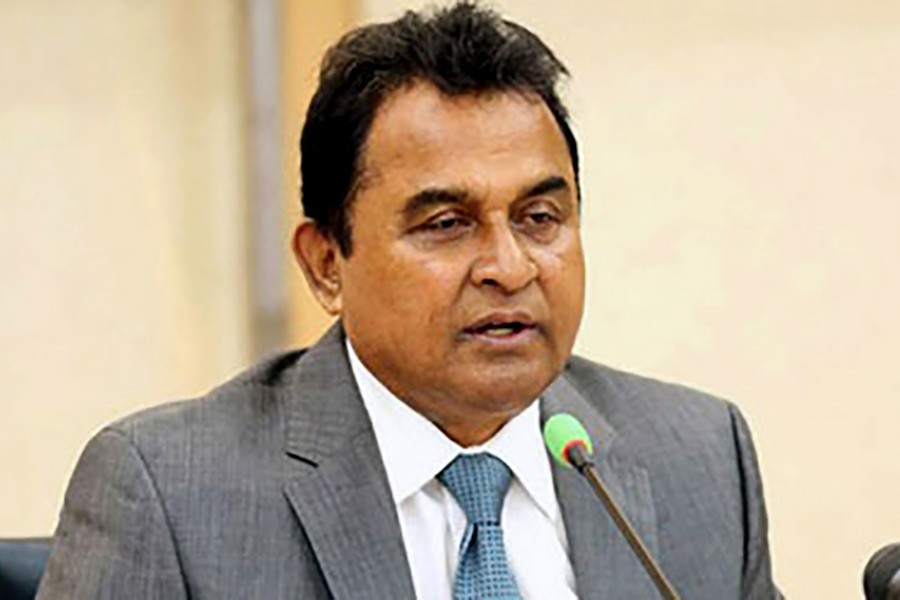
Published :
Updated :

Finance Minister AHM Mustafa Kamal on Monday admitted that non-food inflation in the second quarter of the current fiscal (FY19) has increased.
He made the statement while placing the report on budget implementation progress of the second quarter (Q2), the trend of income and expenditure, and macroeconomic analysis.
However, Mr. Kamal said that food inflation has decreased, according to a report on UNB.
Data showed that non-food inflation in October was 5.9 per cent, in November was 5.49 per cent and in December was 5.45 per cent. The 12 months average after the quarter is 4.51 per cent.
During the same period in the last fiscal, the rates were 3.61 per cent, 4.10 per cent and 3.85 per cent respectively. The 12 months average after the quarter was 3.50 per cent.
Food inflation in the October-December period was 5.08 per cent, 5.29 per cent and 5.28 per cent while it was 7.62 per cent, 7.09 per cent and 7.13 per cent in the same period of the last fiscal. The 12 months average after the quarter of FY19 is 6.21 per cent while it was 7.17 per cent in FY18.
The overall inflation in the stipulated three months of the current fiscal was 5.40 per cent, 5.37 per cent and 5.35 per cent which was 6.04 per cent, 5.91 per cent and 5.83 per cent in the previous fiscal.
The 12 months average after the quarter of FY19 fiscal is 5.54 per cent. It was 5.70 per cent in the last fiscal.
Minister Kamal said that remittance inflow increased by 8.06 per cent in Q2 of FY19 compared to FY18.
Highlighting some key macroeconomic indicators during the second quarter (October-December), he said revenue collection under the NBR rose by 9.40 per cent.
The overall public expenditure increased by 18.41 per cent while the ADP implementation rate rose to 27.45 per cent from FY18’s 27.02 per cent.
Export earnings rose to 14.42 per cent, which was 7.15 per cent in the previous year.
He said that import expenditure increased by 5.73 per cent to $30.07 billion, the rate of opening import LCs decreased to 27.12 per cent, and the private sector credit flow increased by 13.33 per cent.


 For all latest news, follow The Financial Express Google News channel.
For all latest news, follow The Financial Express Google News channel.